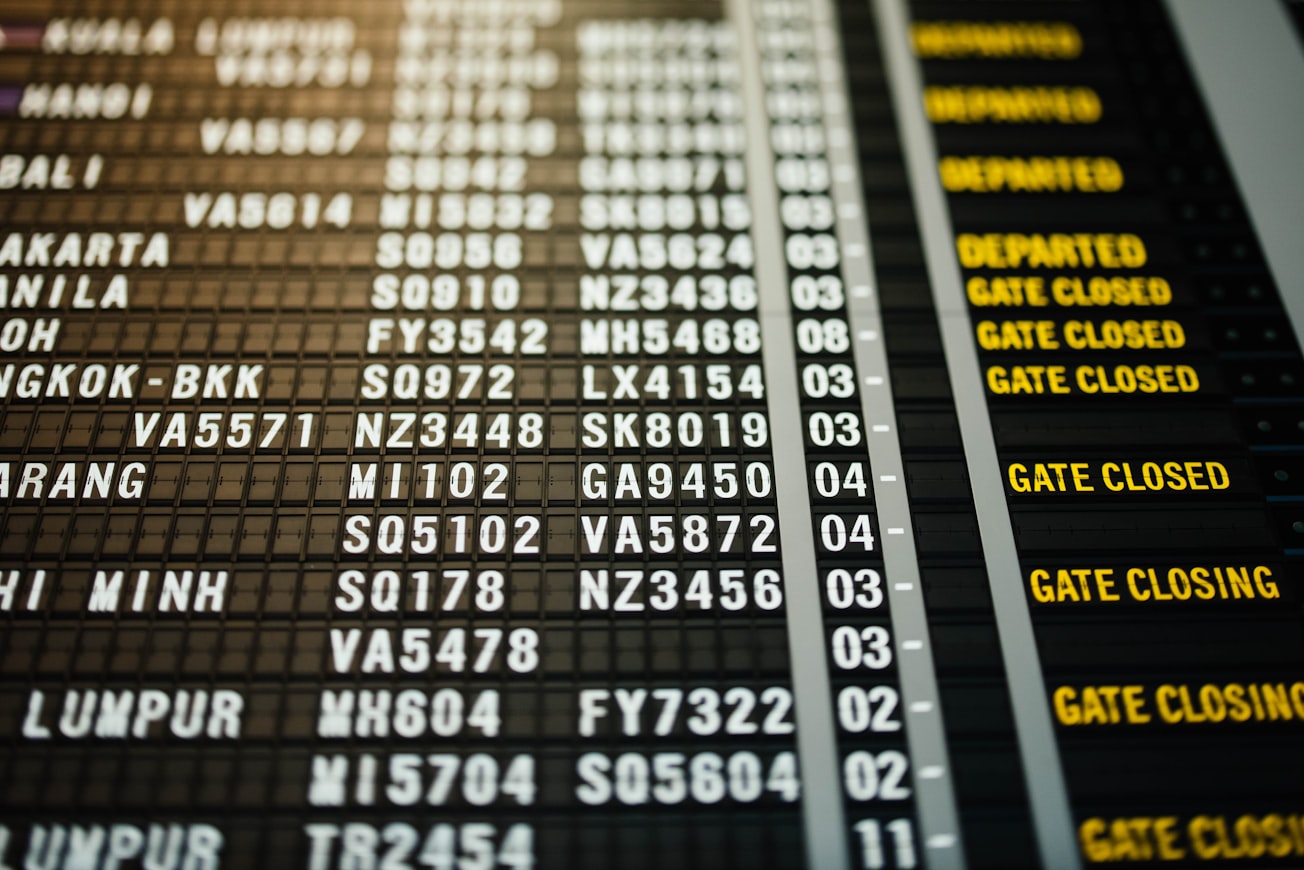What is it about?
This paper takes as its starting point the idea that airspace is not a singular, finished interface for aeromobile activities to take place in. Striated by lines that connect some points rather than others, it is a contested network of vectors that sometimes require additional human inputs for traffic to flow in desired ways. Assuming the view of a globalising city-state in Asia, this paper refers to two sets of empirical evidence to build its case: first, over 100 airline newsletters on the ‘Singapore Girl’ published between 1982 and 2000, and, second, fifteen sets of interviews with air hub development officers working for Singapore. Particular attention is paid to the emotional labours that have been invested by these aviation workers to induce particular, favourable business environments for air traffic to grow in the city-state. In so doing, this paper emphasises the uneven way aerial vectors are distributed across the globe, and highlights how these air-lines have a tendency to bypass (small) states not at the forefront of global aviation. Even for a successful overcomer like Singapore, the reordering of airspace does not come with the latitude of manufacturing a brand new air-scape, but involves the development of innovative counter regimes, people-performed technologies, and tactical solutions in an unequal air world.
Featured Image

Photo by chuttersnap on Unsplash
Read the Original
This page is a summary of: Drawing lines in the sky: The emotional labours of airspace production, Environment and Planning A Economy and Space, October 2015, SAGE Publications,
DOI: 10.1177/0308518x15609219.
You can read the full text:
Resources
Contributors
The following have contributed to this page










